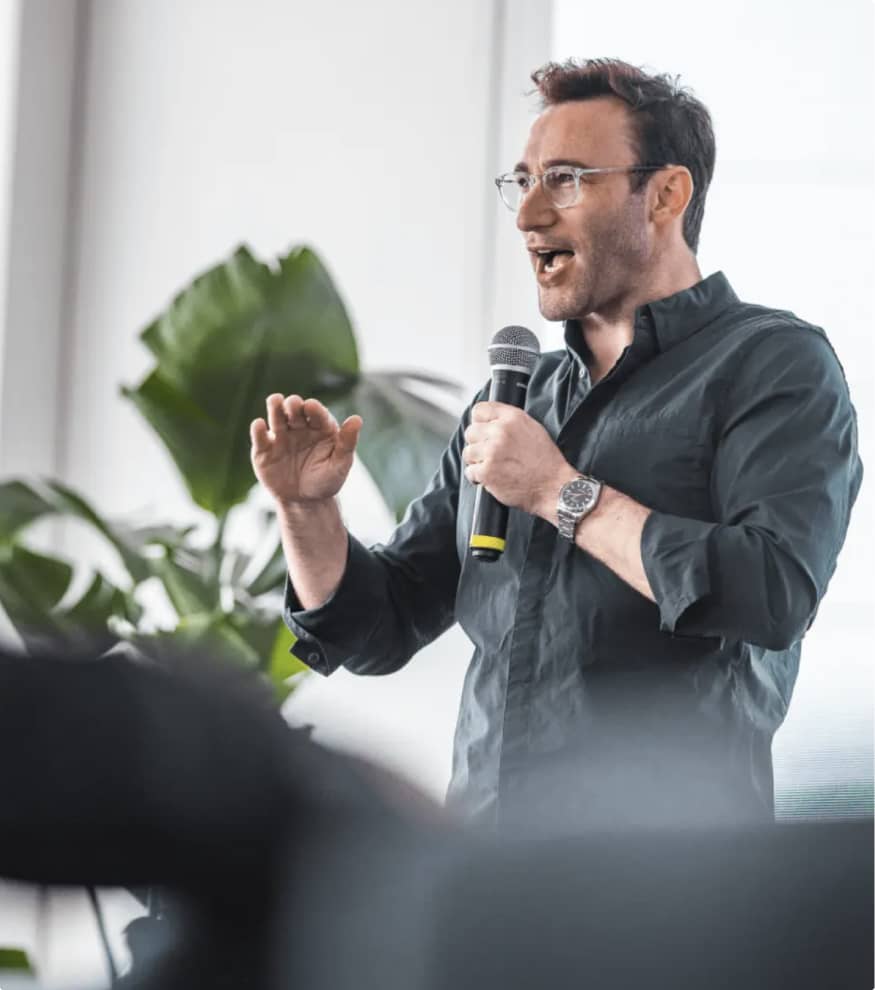Many years ago, Bob Chapman sat in the pews of a wedding ceremony, watching a father walk his daughter down the aisle. Most people see a beautiful tradition. Bob saw something that would transform his company.
“A father who would give his life for his precious child was giving her away to another man with the hope that he will take care of her with the same love,” Bob tells Simon in the latest episode of A Bit of Optimism. “That’s when it struck me: Every single person who works in my company is someone’s son or someone’s daughter. Every employee is someone’s precious child who’s now in my care.”
Bob Chapman is the CEO of Barry-Wehmiller, a $3.6 billion manufacturing company. Before that wedding, he’d been trained as an accountant and ran his business like one. “People were functions for my success,” he admits. “I was a nice guy. We had a nice company, but I saw people as functions.”
That wedding changed everything. And what Bob discovered over the next twenty-plus years is this: “Caring is a teachable skill.”
Which may like corporate BS until you meet someone like Randall.
The Angriest Guy in the Building
When Barry-Wehmiller acquired Randall’s company in the early 2000s, he was deeply skeptical about his new bosses. “Just about everything” Bob said made him roll his eyes. “I just want to do my job,” Randall tells Simon. “Just leave me alone and pay me fairly.”
Randall wasn’t just cynical. He was angry. “I didn’t like anybody,” he says. “An engineer once told me I turned him around at 50 feet just by looking at him.” He’d literally built walls of steel around his work area to keep people away.
Today? Randall is one of the top-rated professors at Barry-Wehmiller University, teaching the communication and leadership skills he once dismissed as nonsense.
So how did they transform someone that angry? And more importantly, how did Bob build a system that could do this at scale across a company of 12,000 people?
How Randall Changed (And What It Reveals About Teaching Caring)
They showed up every single day. Two Barry-Wehmiller leaders came by Randall’s work area daily to say hello. Every day, Randall ignored them. “But they were so persistent,” Randall says. “Day after day.”
One day, one of them literally crawled over the steel barriers Randall had built around his workspace just to say good morning.
“I was stunned,” Randall says. “But that was the start of it.”
They didn’t call it “caring training.” Eventually, Randall signed up for an in-house course called “Communication Skills.” Not empathy training. Not “be a better human.” Just practical communication.
“This isn’t communication skills,” Randall realized halfway through. “This is self-reflection.”
The course didn’t ask Randall to change his values. It taught him concrete skills—listening, communication, self-awareness—and let him discover caring through competence.
The Broader System: 4 Principles That Make Caring Teachable
Randall’s transformation wasn’t a fluke. Bob built an entire system around making caring teachable and sustainable. Here’s how it works:
- Model it relentlessly. You can’t teach caring in a classroom if leaders don’t model it in the hallways. Those two leaders crawling over steel barriers? That’s the real curriculum.
- Make it skills-based, not values-based. Barry-Wehmiller built their own university. Not for product training. For “human skills”—communication, listening, self-reflection. “You can’t ask people to care,” Bob explains. “You have to teach them how to care.”
- Trust people with real responsibility. When Barry-Wehmiller needed a new machine (budget: $750,000), they gave the project to Jared, a factory floor leader. His first move? He went to the two operators who’d actually use the machine. “I don’t know what we should get,” he told them. “You guys are the experts.” They found the perfect machine, saved $250,000. It’s still running 12 years later. Trust is caring made visible.
- Don’t betray them when times get hard. In 2008, Barry-Wehmiller’s orders dropped 30%. Every business textbook says: lay people off. Bob refused. “What if we all took a little pain so no one had to take a lot of pain?” They implemented shared sacrifice. No layoffs. “My primary responsibility is to have a business model where you feel safe,” Bob explains. You can teach empathy skills all day. But if you lay people off when it’s convenient, you’ve taught one lesson: the caring was bogus.
The Test You Can Use Tomorrow
Bob offers a simple test for any leadership decision:
“Treat them like you would want your son or daughter treated.”
People usually respond: “Oh, that would be different.”
Bob’s reply: “Why is it different that it’s somebody’s son or daughter you’re treating?”
Before your next difficult conversation, performance review, or restructuring decision—picture their parent. Someone who loves them deeply. Who entrusted their child to you.
What would you say? How would you decide?
When Simon told Bob this after knowing him for 15 years, Bob started to tear up: “I know people who turn it on and turn it off. You can’t turn it off. It’s core to who you are. You take taking care of your people as seriously as taking care of your children. You deeply mean it.”
Bob’s response: “You can retire from a job, but you cannot retire from a calling.”
At the end of the day, you can’t teach caring if leadership doesn’t actually care. The techniques matter. The courses matter. But none of it works without genuine belief that the people in your care are someone’s precious children.
What You Can Try Right Now
Change one word: Stop saying “headcount.” Start saying “team members.” Notice how it shifts your thinking.
Show up for one person: Pick someone who doesn’t trust you. Say good morning. Every day. Don’t ask for anything. Just show up.
Give away one decision: Find someone doing the actual work. Give them real responsibility and real budget. Then get out of their way.
Ask the hard question: Next time you face financial pressure, ask: “What if we all took a little pain instead of a few people taking all of it?”
The way you see people affects the way you treat people.
And the way you treat people? That’s what you’re really teaching.
Bob Chapman’s book “Everybody Matters” tells the full story.












